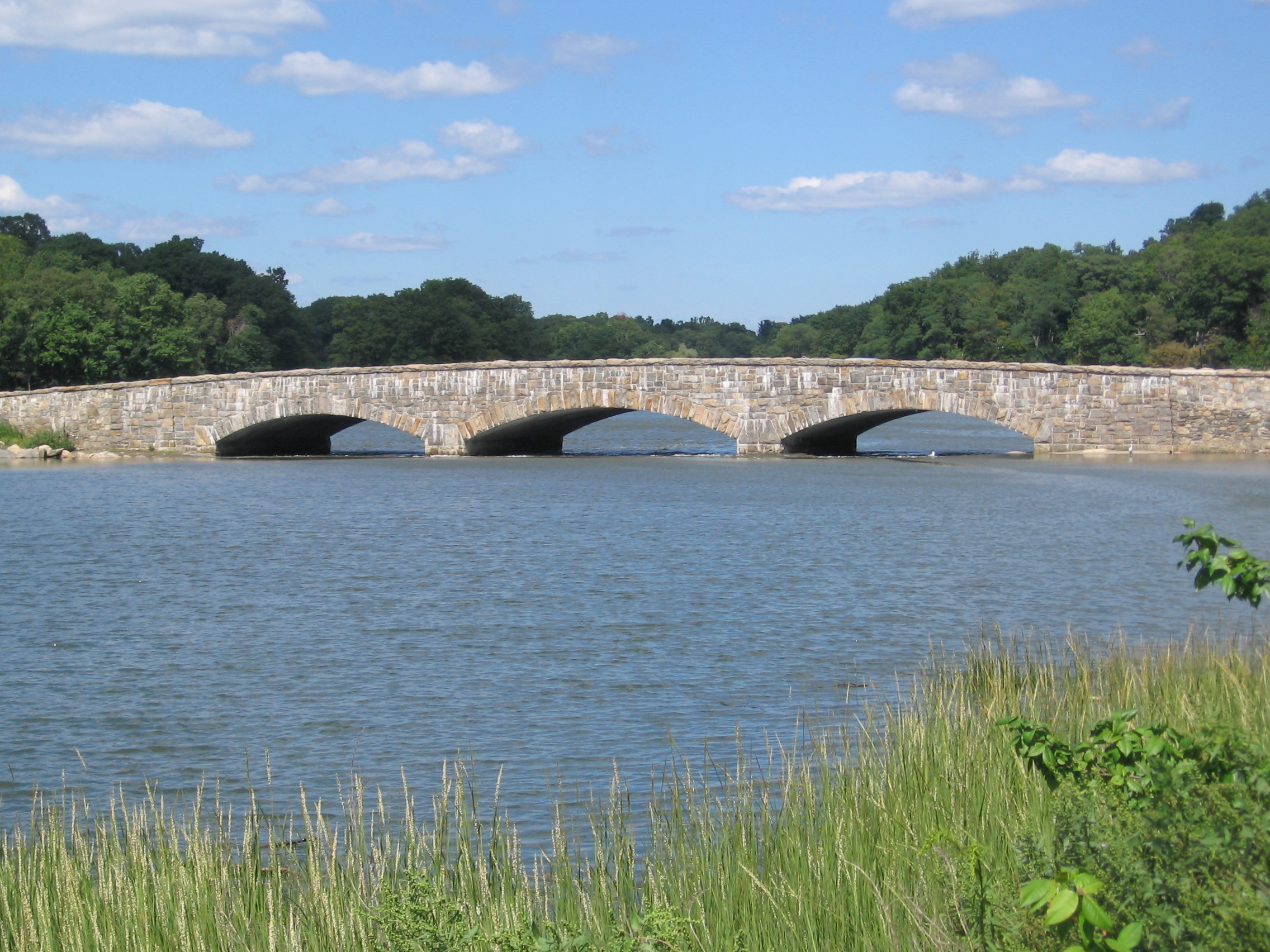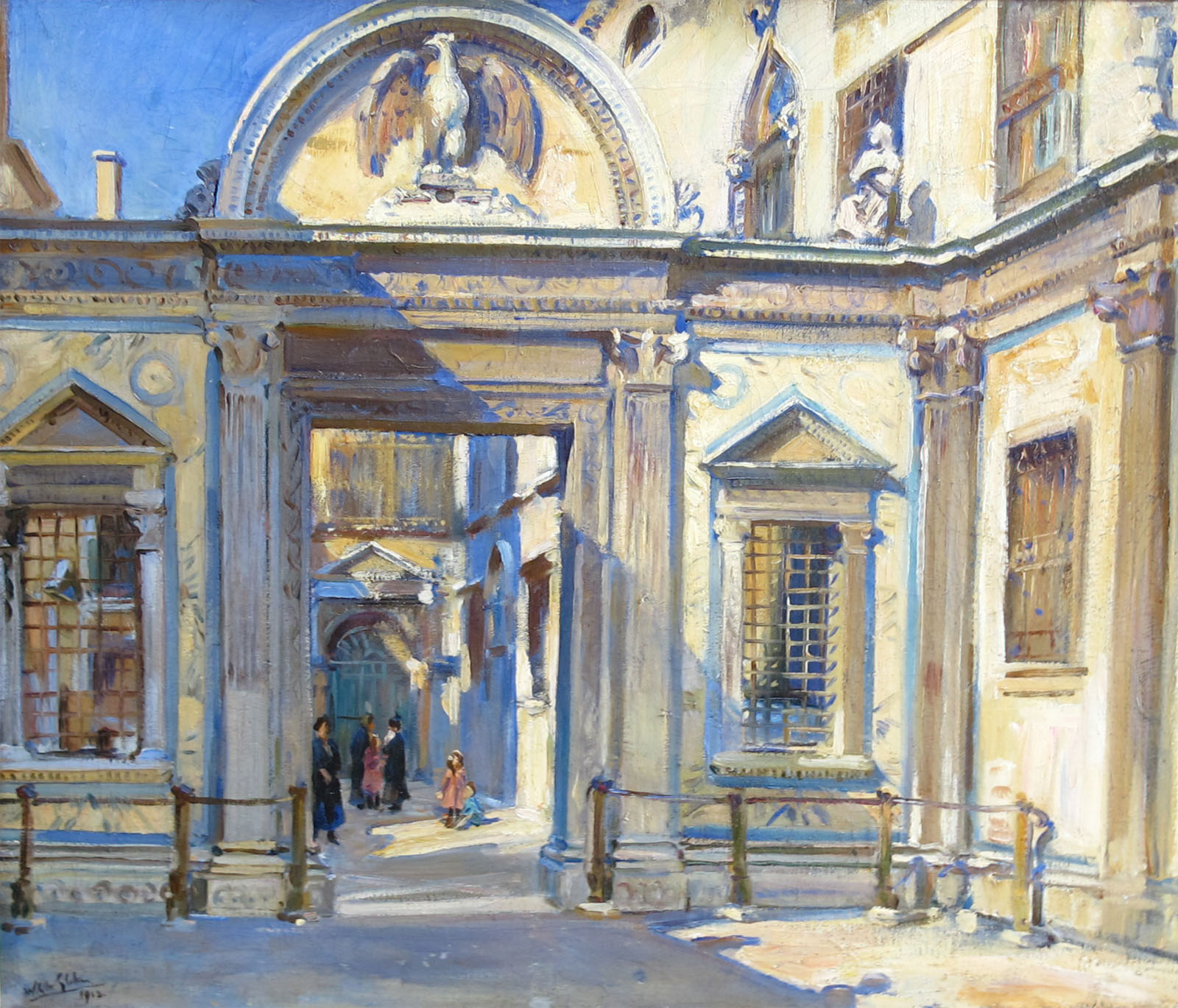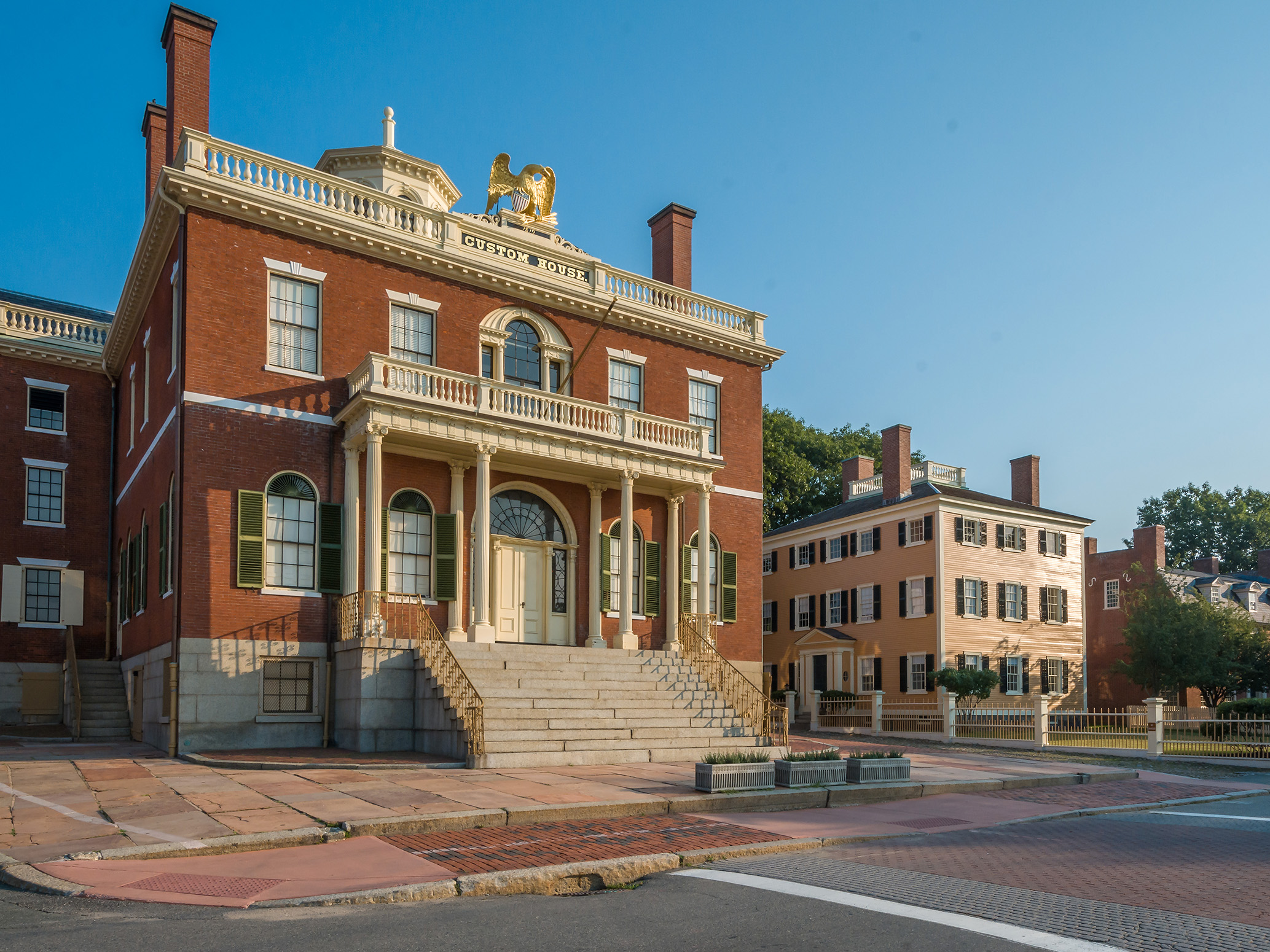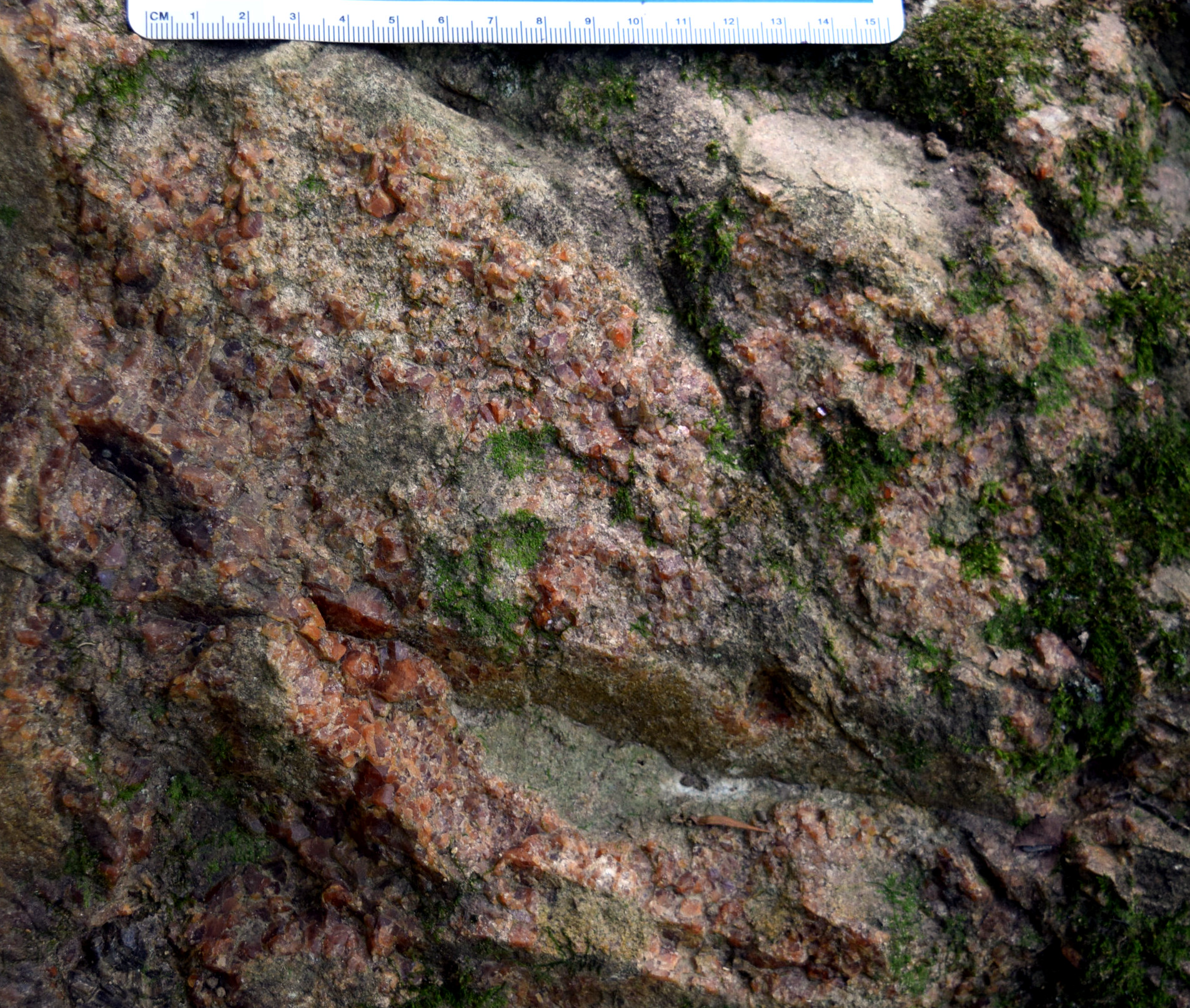|
Weir Farm National Historic Site
Weir Farm National Historical Park is located in Ridgefield and Wilton, Connecticut. It commemorates the life and work of American impressionist painter J. Alden Weir and other artists who stayed at the site or lived there, to include Childe Hassam, Albert Pinkham Ryder, John Singer Sargent, and John Twachtman. Weir Farm is one of two sites in the National Park Service devoted to the visual arts, along with Saint-Gaudens National Historical Park. Both sites maintain ongoing artist-in-residence programs; to date, the Weir Farm Art Center (formerly the Weir Farm Trust) has hosted more than 150 artists for month long stays at the site. Weir Farm also runs an ongoing "Take Part in Art" program, under which visitors can create their own works on site. Weir Farm was recognized on the 52nd quarter in 2020 as part of the America the Beautiful Quarters Program. History After considering the Keene Valley area of New York's Adirondack Mountains for a rural retreat, in 1882 Weir set ... [...More Info...] [...Related Items...] OR: [Wikipedia] [Google] [Baidu] |
Fairfield County, Connecticut
Fairfield County is a County (United States), county in the southwestern corner of the U.S. state of Connecticut. It is the List of counties in Connecticut, most populous county in the state and was also its fastest-growing from 2010 to 2020. As of the 2020 United States census, 2020 census, the county's population was 957,419, representing 26.6% of Connecticut's overall population. The closest to the center of the New York metropolitan area, the county contains four of the state's top 7 largest cities—Bridgeport, Connecticut, Bridgeport (1st), Stamford, Connecticut, Stamford (2nd), Norwalk, Connecticut, Norwalk (6th), and Danbury, Connecticut, Danbury (7th)—whose combined population of 433,368 is nearly half the county's total population. The United States Office of Management and Budget has designated Fairfield County as the Greater Bridgeport, Bridgeport-Stamford-Norwalk-Danbury metropolitan statistical area. The United States Census Bureau ranked the metropolitan area a ... [...More Info...] [...Related Items...] OR: [Wikipedia] [Google] [Baidu] |
Adirondack Mountains
The Adirondack Mountains (; a-də-RÄN-dak) form a massif in northeastern New York with boundaries that correspond roughly to those of Adirondack Park. They cover about 5,000 square miles (13,000 km2). The mountains form a roughly circular dome, about in diameter and about high. The current relief owes much to glaciation. There are more than 200 lakes around the mountains, including Lake George, Lake Placid, and Lake Tear of the Clouds, which is the source of the Hudson River. The Adirondack Region is also home to hundreds of mountain summits, with some reaching heights of or more. Etymology The word Adirondack is thought to come from the Mohawk word ''ha-de-ron-dah'' meaning "eaters of trees". The earliest written use of the name was in 1635 by Harmen Meyndertsz Van Den Bogaert in his Mohawk to Dutch glossary, found in his ''Journey into Mohawk Country''. He spelled it Adirondakx and said that it stood for Frenchmen, meaning the Algonquians who allied with the Fre ... [...More Info...] [...Related Items...] OR: [Wikipedia] [Google] [Baidu] |
Houses In Ridgefield, Connecticut
A house is a single-unit residential building. It may range in complexity from a rudimentary hut to a complex structure of wood, masonry, concrete or other material, outfitted with plumbing, electrical, and heating, ventilation, and air conditioning systems.Schoenauer, Norbert (2000). ''6,000 Years of Housing'' (rev. ed.) (New York: W.W. Norton & Company). Houses use a range of different roofing systems to keep precipitation such as rain from getting into the dwelling space. Houses may have doors or locks to secure the dwelling space and protect its inhabitants and contents from burglars or other trespassers. Most conventional modern houses in Western cultures will contain one or more bedrooms and bathrooms, a kitchen or cooking area, and a living room. A house may have a separate dining room, or the eating area may be integrated into another room. Some large houses in North America have a recreation room. In traditional agriculture-oriented societies, domestic animals such ... [...More Info...] [...Related Items...] OR: [Wikipedia] [Google] [Baidu] |
Historic Artists' Homes And Studios
Historic Artists' Homes and Studios program is a network of about 30 artists' homes and studios in the United States. The network of house museums is a program of the National Trust for Historic Preservation. Buildings * 101 Spring Street, New York City, home and studio of artist Donald Judd (1928–1994). * Albin Polasek Museum and Sculpture Gardens, Winter Park, Florida, home and studio of sculptor Albin Polasek (1879–1965) *Alice Austen House, Staten Island, New York, home of Alice Austen (1866–1952) * Ann Norton Sculpture Gardens, West Palm Beach, Florida, home of sculptor Ann Weaver Norton (1905-1982) *Burchfield Homestead Museum, home of Charles Ephraim Burchfield *Thomas Cole National Historic Site, Catskill, New York, home of Thomas Cole (1801–1848) *Demuth Museum, Lancaster, Pennsylvania, primary residence of the artist Charles Demuth (1883–1935) *Daniel Chester French studio, Chesterwood, in Stockbridge, Massachusetts *Eanger Irving Couse, Taos, New Mexico, histor ... [...More Info...] [...Related Items...] OR: [Wikipedia] [Google] [Baidu] |
National Register Of Historic Places Listings In Fairfield County, Connecticut
__NOTOC__ This is intended to be a complete list of the properties and districts on the National Register of Historic Places in Fairfield County, Connecticut, United States. The locations of National Register properties and districts for which the latitude and longitude coordinates are included below may be seen in an online map. There are 293 properties and districts listed on the National Register in the county, including 9 National Historic Landmarks. Of these, 55 are located in the city of Bridgeport and covered separately in National Register of Historic Places listings in Bridgeport, Connecticut. Thirty-four are covered in National Register of Historic Places listings in Greenwich, Connecticut and another 34 are covered in National Register of Historic Places listings in Stamford, Connecticut. There are 171 properties and districts which are entirely outside those three cities or which span outside, and which are covered here in this list (Merritt Parkway is listed here as ... [...More Info...] [...Related Items...] OR: [Wikipedia] [Google] [Baidu] |
Map Of The Grounds Of Weir Farm National Historic Site In Connecticut
A map is a symbolic depiction emphasizing relationships between elements of some space, such as objects, regions, or themes. Many maps are static, fixed to paper or some other durable medium, while others are dynamic or interactive. Although most commonly used to depict geography, maps may represent any space, real or fictional, without regard to context or scale, such as in brain mapping, DNA mapping, or computer network topology mapping. The space being mapped may be two dimensional, such as the surface of the earth, three dimensional, such as the interior of the earth, or even more abstract spaces of any dimension, such as arise in modeling phenomena having many independent variables. Although the earliest maps known are of the heavens, geographic maps of territory have a very long tradition and exist from ancient times. The word "map" comes from the , wherein ''mappa'' meant 'napkin' or 'cloth' and ''mundi'' 'the world'. Thus, "map" became a shortened term referring to ... [...More Info...] [...Related Items...] OR: [Wikipedia] [Google] [Baidu] |
John Ferguson Weir
John Ferguson Weir (1841–1926) was an American painter, sculptor, writer, and educator. He was a son of painter Robert Walter Weir, long-time professor of drawing at the Military Academy at West Point. His younger brother, J. Alden Weir, also became a well-known artist who painted in the style of American Impressionism. His niece was artist and educator Irene Weir. Biography He was born August 28, 1841, at West Point, New York, and studied with his father Robert Walter Weir and at the National Academy, New York. As a young man, he worked on still life paintings and became proficient at landscapes. In 1862, around the time of his 21st birthday, he was commissioned by the art patron Robert Leighton Stuart to paint a landscape scene of West Point which he named ''Hudson Highlands, West Point, Summer Afternoon''. It is also known as ''View of the Hudson Highlands, West Point''. This commission introduced him to the art world of New York City, and led to his renting a small room in ... [...More Info...] [...Related Items...] OR: [Wikipedia] [Google] [Baidu] |
Wilfrid De Glehn
Wilfrid Gabriel de Glehn (sometimes 'Wilfried') (1870 – 11 May 1951) was an Impressionist British painter, elected to the Royal Academy in 1932. Biography De Glehn's father was Alexander de Glenn of Sydenham, London, himself the son of Robert von Glehn, a Baltic baron with estates near Tallinn in Estonia, who had become a naturalised British subject following his marriage to a Scottish woman. Wilfrid's mother was French. Louise Creighton, a women's rights activist and author, and Alfred de Glehn, a French steam locomotive designer, were Alexander's sister and brother. Wilfried von Glehn (he changed his name in May 1917) was born in Sydenham, south-east London. After schooling at Brighton College with his brother Louis, he studied art briefly at the Royal Academy Schools in South Kensington before going on to the École des Beaux-Arts in Paris, where for a time he lived with his French cousin, the artist Lucien Monod (1867-1957). In 1891 was hired by Edwin Austin Abbey a ... [...More Info...] [...Related Items...] OR: [Wikipedia] [Google] [Baidu] |
National Historic Site (United States)
National Historic Site (NHS) is a designation for an officially recognized area of national historic significance in the United States. An NHS usually contains a single historical feature directly associated with its subject. The National Historical Park (NHP) is an area that generally extends beyond single properties or buildings, and its resources include a mix of historic and later structures and sometimes significant natural features. As of 2022, there are 62 NHPs and 83 NHSs. Most NHPs and NHSs are managed by the National Park Service (NPS). Some federally designated sites are owned by local authorities or privately owned, but are authorized to request assistance from the NPS as affiliated areas. One property managed by the U.S. Forest Service: Grey Towers National Historic Site. As of October 15, 1966, all historic areas, including NHPs and NHSs, in the NPS are automatically listed on the National Register of Historic Places (NRHP). There are also about 90,000 NRHP sites, t ... [...More Info...] [...Related Items...] OR: [Wikipedia] [Google] [Baidu] |
Redding, Connecticut
Redding is a town in Fairfield County, Connecticut, United States. The population was 8,765 at the 2020 census. History Early settlement and establishment At the time colonials began receiving grants for land within the boundaries of present-day Redding, Native American trails crossed through portions of the area, including the Berkshire Path running north–south. In 1639, Roger Ludlow (also referenced as Roger Ludlowe in many accounts) purchased land from local Native Americans to establish Fairfield, and in 1668 Fairfield purchased another tract of land then called Northfield, which comprised land that is now part of Redding. "National Register of Historic Places Continuation Sheet, Redding Center Historic District," U.S. Department of the Interior, 1992-10-01. Retrieved 2014-04-30. For settlement purposes, Fairfield authorities divided the newly available land into parcels dubbed "long lots" at the time, which north–south measured no more than a third of a mile wide but ... [...More Info...] [...Related Items...] OR: [Wikipedia] [Google] [Baidu] |
The Trust For Public Land
The Trust for Public Land is a U.S. nonprofit organization with a mission to "create parks and protect land for people, ensuring healthy, livable communities for generations to come". Since its founding in 1972, the Trust for Public Land has completed 5,000 park-creation and land conservation projects across the United States, protected over 3 million acres, and helped pass more than 500 ballot measures—creating $70 billion in voter-approved public funding for parks and open spaces. The Trust for Public Land also researches and publishes authoritative data about parks, open space, conservation finance, and urban climate change adaptation. Headquartered in San Francisco, the organization is among the largest U.S. conservation nonprofits, with approximately 30 field offices across the U.S., including a federal affairs function in Washington, D.C. Focus areas Consistent with its "Land for People" mission, the Trust for Public Land is widely known for urban conservation work, inclu ... [...More Info...] [...Related Items...] OR: [Wikipedia] [Google] [Baidu] |
Charles Sperry Andrews III
Charles is a masculine given name predominantly found in English and French speaking countries. It is from the French form ''Charles'' of the Proto-Germanic name (in runic alphabet) or ''*karilaz'' (in Latin alphabet), whose meaning was "free man". The Old English descendant of this word was '' Ċearl'' or ''Ċeorl'', as the name of King Cearl of Mercia, that disappeared after the Norman conquest of England. The name was notably borne by Charlemagne (Charles the Great), and was at the time Latinized as ''Karolus'' (as in ''Vita Karoli Magni''), later also as '' Carolus''. Some Germanic languages, for example Dutch and German, have retained the word in two separate senses. In the particular case of Dutch, ''Karel'' refers to the given name, whereas the noun ''kerel'' means "a bloke, fellow, man". Etymology The name's etymology is a Common Germanic noun ''*karilaz'' meaning "free man", which survives in English as churl (< Old English ''ċeorl''), which developed its depr ... [...More Info...] [...Related Items...] OR: [Wikipedia] [Google] [Baidu] |




